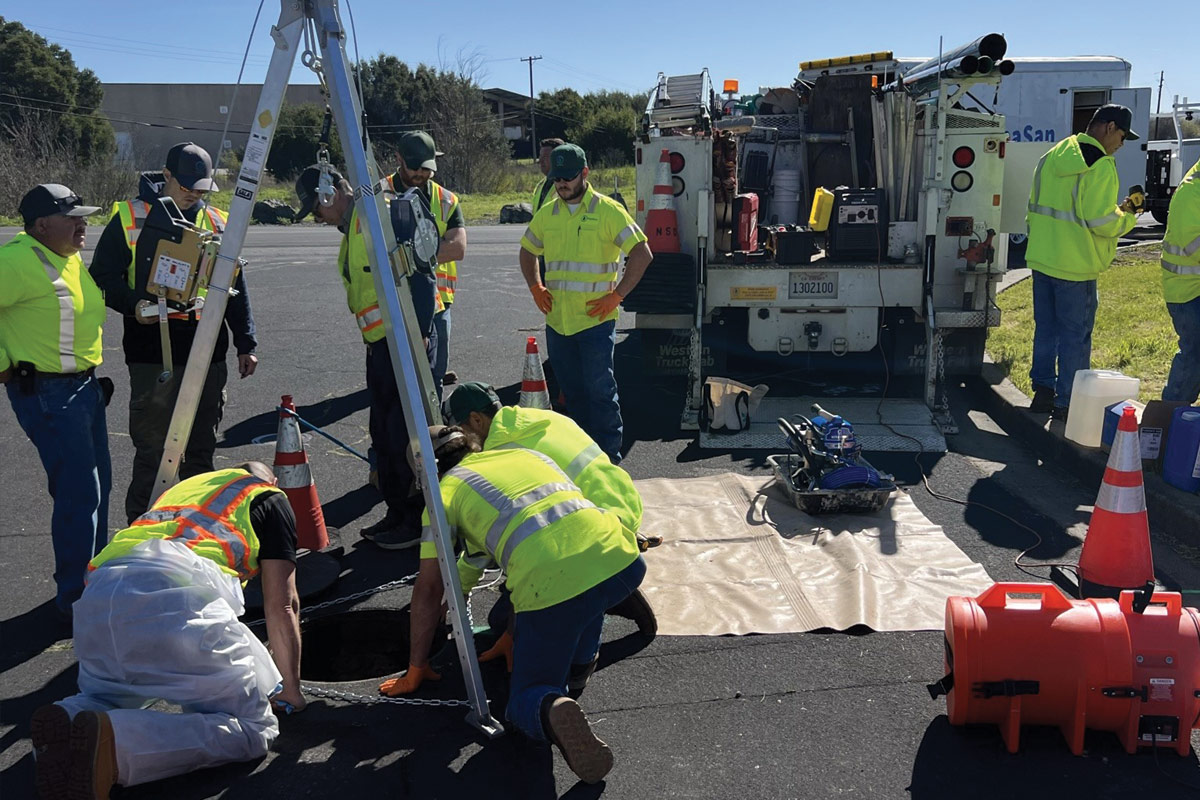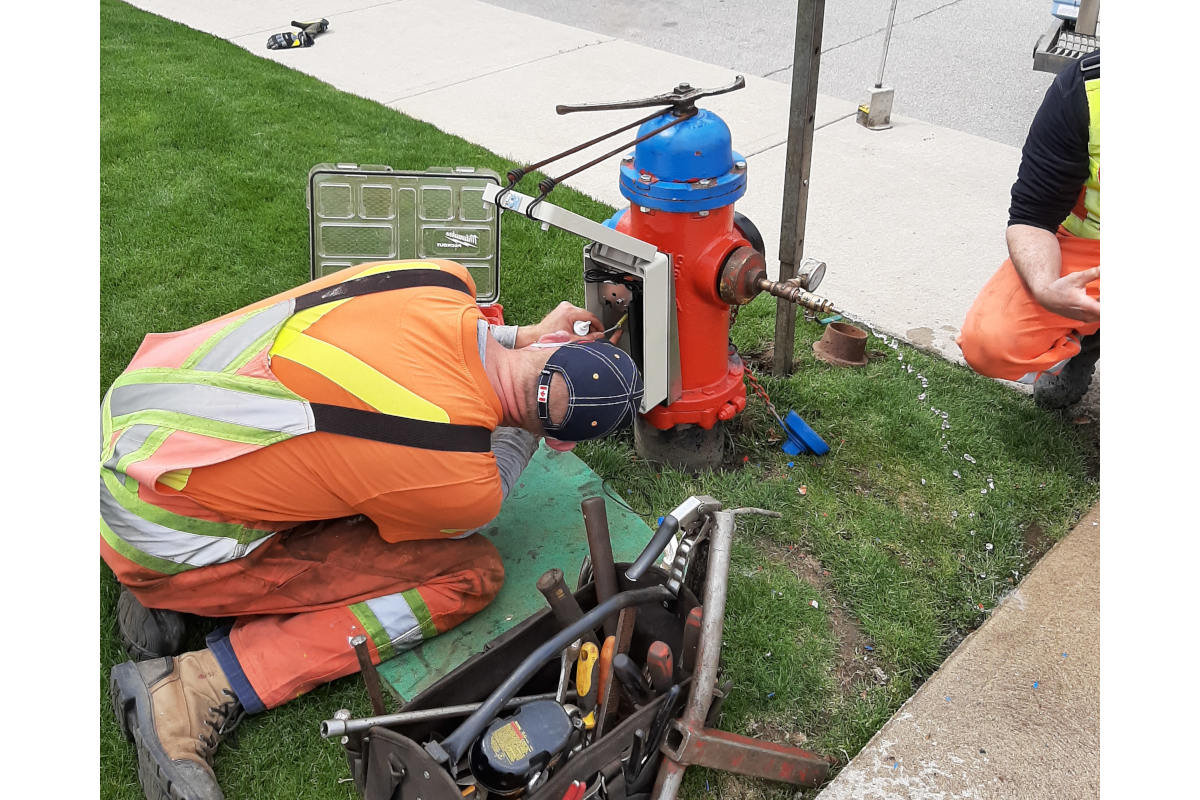
Leveraging Condition Assessment for Effective Pipeline Rehabilitation
According to the American Society of Civil Engineers (ASCE) Report Card for America’s Infrastructure, there are as many as 75,000 sanitary sewer overflows (SSOs) annually in the United States.
The management and assessment of our wastewater infrastructure is a critical component in the preservation of the environment, economy, and overall public health. Drinking water and wastewater infrastructure is the lifeblood of our society and runs throughout our communities, near our homes, schools, and businesses.
Managing this critical infrastructure requires effective asset management, which is a systematic approach to ensure optimal service delivery while minimizing costs over the asset’s entire lifecycle. It involves several key components and practices aimed at maintaining, rehabilitating, and replacing sewer system assets such as pipes, manholes, and pump stations.
Due to the age of our infrastructure, most utilities need to conduct extensive condition assessment and rehabilitation in support of asset management; however, many utilities lack the experience and capabilities to perform such work. In addition, local budgets are often insufficient to fully address these comprehensive assessment needs.
There are several primary reasons why we perform sewer condition assessments:
Identify Sources of Inflow and Infiltration (I/I)
The Holy Grail for any system owner, especially those under Consent Order, is to completely eliminate SSOs. While this is not often practical, moving closer to zero from 75,000 is one of the primary drivers of performing condition assessments of our wastewater collection systems. The framework of Sanitary Sewer Evaluation Surveys (SSES) was born out of the Clean Water Act and the US Environmental Protection Agency (EPA) in the early 1970s. SSES methodologies have been continuously refined by Engineers and Municipalities for decades, so now we have an industry-wide, best-practices playbook to identify and address I/I. This often starts with sewer flow monitoring, smoke testing, dye testing, and manhole inspections before progressively moving into more invasive and expensive activities like Closed-Circuit Television Inspection (CCTV) and private property wet-weather simulations.
Preventative Maintenance
Regular assessments help identify potential issues before they become major problems, allowing for proactive maintenance and repairs. Ultimately, this extends the remaining useful life of buried assets and reduces the likelihood of costly emergency situations.




